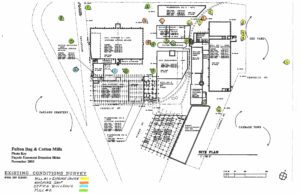Cabbagetown Walking Tours
Join The Patch Works Art & History Center for exciting walking tours around the historic Cabbagetown neighborhood! The Patch Works has developed several educational options that cover a lot of ground (pun!). In addition, we’re always more than happy to tailor any tour to a guest’s needs: among other things, let us know if you’d like a longer tour or a shorter tour, a combination of our listed options, or if you have any other specific educational objectives you’d like to include.
Most of our tours will have Jacob and Nina Elsas as your guides. This husband-and-wife team co-founded The Patch Works in 2016. They’ve spent years doing exhaustive research into local history, compiling a collection of artifacts, documents, photos, and other items that capture the rich historical narrative of Fulton Bag & Cotton Mills (aka The Mill) and Fulton Mill Village (aka The Mill Village), which together are now known today as Cabbagetown.
QUICK FACT: Jacob is the great-great-grandson of Fulton Bag & Cotton Mills’ founder… Jacob Elsas!
Check out our tours and c’mon down to Cabbagetown! All are welcome!
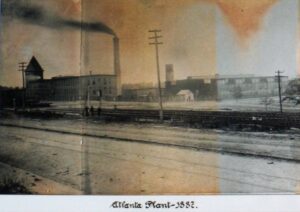
Step back in time and explore the rich history of this iconic location. Discover the fascinating stories behind this former 19th-century cotton mill turned vibrant community hub. Nina and Jacob will take you on a journey through time, sharing interesting tidbits and anecdotes along the way. Don’t miss out on this unique opportunity to experience the charm and character of Fulton Bag & Cotton Mills.
The Patch Works is happy to customize a tour to fit a guest’s needs!
Suggested donation of $15
Mill tours must be made at least two weeks in advance. The Mill has been converted into a residential community, and out of respect for the residents, The Patch Works likes to provide adequate notification. Thank you for your understanding.
Maximum capacity of 10 guests
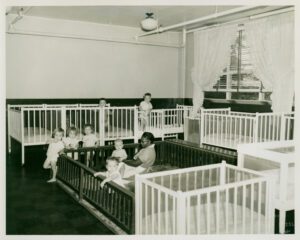
Explore the history of race relations and integration at Fulton Bag & Cotton Mills. Hear about The Mill’s push to employ Black laborers, and how this effort caused one of the factory’s first major strikes. Nina and Jacob will walk you around The Mill compound, pointing out the locations where Black employees worked, and the types of jobs they held throughout the years. Learn how The Mill eventually established itself not only as the leading employer of Black workers in Atlanta but also in the nation’s textile industry.
Suggested donation of $15
Mill tours must be made at least two weeks in advance. The Mill has been converted into a residential community, and out of respect for the residents, The Patch Works likes to provide adequate notification. Thank you for your understanding.
Maximum capacity of 10 guests
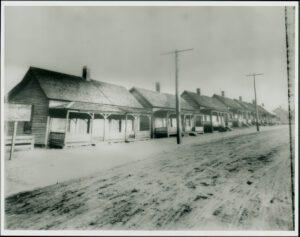
Take a stroll through the streets of this unique and well-preserved example of a 19th-century mill town, Fulton Mill Village. Discover the fascinating stories behind its origins and growth. Hear about the people who made up The Mill Village: the trials and tribulations of working at Fulton Bag & Cotton Mills offset by a strong and vibrant community where the residents looked out for each other like a family. Learn how and why The Mill Village transitioned from a working-class mill town into today’s affluent community. Nina and Jacob will take you on a journey through what is known today as Cabbagetown, sharing interesting anecdotes along the way. Don’t miss out on this unique opportunity to experience the charm and character of Fulton Mill Village.
Suggested donation of $15
Maximum capacity of 15 guests
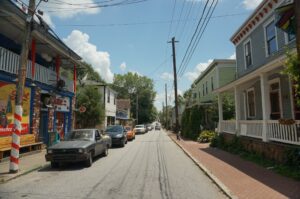
Today’s Cabbagetown – neé Fulton Mill Village – is filled with excellent examples of historical architectural styles and contemporary public art. Walk the neighborhood with Jacob and Nina and see the mill town’s housing, which is comprised of several forms of vernacular architecture, plus a few Victorians that are rare for a 19th-century mill community. Learn about the Cabbagetown Landmark District Guidelines, and how they are designed to maintain the historic aesthetic while allowing for a certain amount of modernization. In addition, throughout the community, guests will view the plentiful works of art, which range from large murals to personal installations in a homeowner’s front yard or on a porch. Cabbagetown’s love of art – music, pottery, quilt-making – predates gentrification, which is one of the reasons the first “outsiders” to relocate to the post-mill era Cabbagetown were artists.
Suggested donation of $15
Maximum capacity of 15 guests

